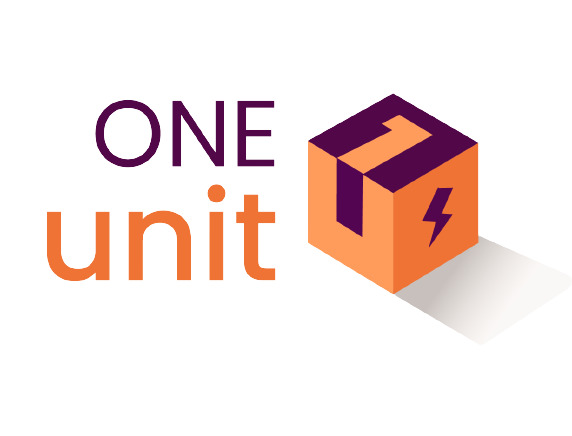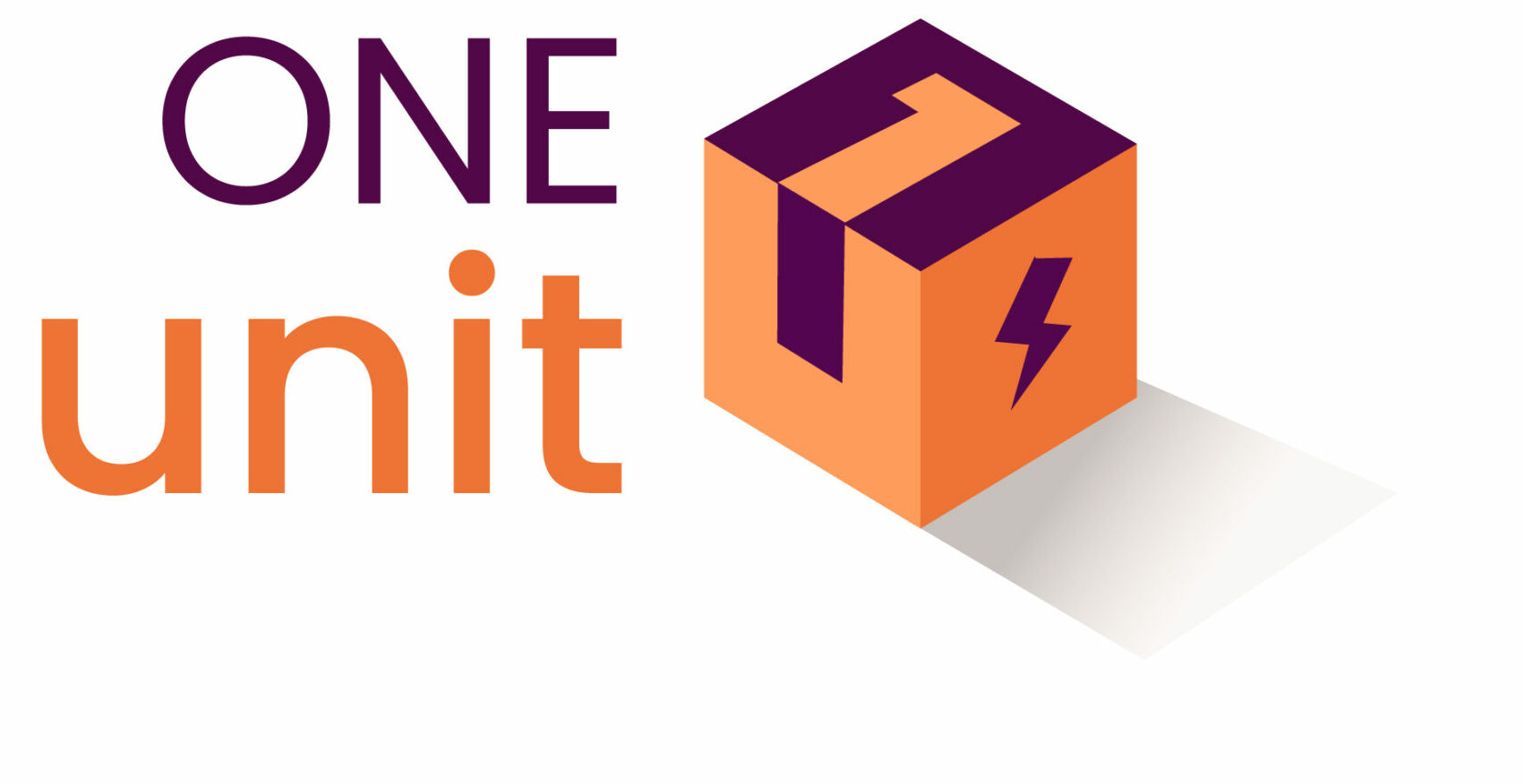Revolutionizing Electrical Systems: The Power of AI-Driven Predictive Maintenance
In the rapidly evolving landscape of technology, artificial intelligence (AI) is emerging as a game-changer in various industries, and one area where it’s making a significant impact is in predictive maintenance for electrical systems. Traditional maintenance practices often rely on fixed schedules or reactive approaches, leading to inefficiencies and unexpected downtime. However, with the integration of AI-driven predictive maintenance, the power industry is experiencing a transformative shift towards enhanced reliability, efficiency, and cost savings.
Understanding the Need for Predictive Maintenance in Electrical Systems
Electrical systems play a critical role in powering our modern world, from manufacturing plants to smart homes. These systems consist of intricate networks of components, and any failure or downtime can result in significant financial losses and safety concerns. Traditional maintenance strategies, such as routine check-ups or reactive repairs, are no longer sufficient to meet the demands of today’s complex electrical infrastructure.
This is where AI-driven predictive maintenance comes into play. By harnessing the capabilities of machine learning and data analytics, predictive maintenance models can analyze vast amounts of data generated by electrical systems in real-time. This proactive approach enables the identification of potential issues before they escalate into critical failures, allowing for timely interventions and optimized maintenance schedules.
The Role of AI in Predictive Maintenance
AI algorithms excel at recognizing patterns and anomalies within large datasets. In the context of electrical systems, AI can analyze historical performance data, sensor readings, and other relevant information to identify patterns indicative of potential faults or degradation. This analysis goes beyond the capabilities of human operators, as AI systems can process vast amounts of data quickly and without fatigue.
Moreover, AI-driven models can adapt and learn from new data, continuously improving their accuracy over time. This adaptability is particularly crucial in dynamic environments where system conditions and operational parameters may change.
Benefits of AI-Driven Predictive Maintenance in Electrical Systems
1.Increased Reliability
Predictive maintenance minimizes the risk of unexpected failures, enhancing the overall reliability of electrical systems. This is especially critical in industries where uninterrupted power supply is paramount.
2.Cost Savings
By identifying and addressing issues before they escalate, AI-driven predictive maintenance reduces the need for emergency repairs and costly downtime. It also allows for more efficient allocation of resources by prioritizing maintenance efforts based on actual system conditions.
3.Extended Equipment Lifespan
Timely interventions based on predictive insights can extend the lifespan of electrical components. This not only reduces replacement costs but also contributes to sustainable practices by minimizing electronic waste.
4.Improved Safety
Proactively addressing potential issues enhances the safety of electrical systems. By preventing failures that could lead to hazardous conditions, AI-driven predictive maintenance contributes to a safer working environment.

Drawbacks of AI-Driven Predictive Maintenance in Electrical Systems
1.Data Quality and Availability
Dependency on Data: AI models heavily rely on high-quality, accurate data for training and predictions. In situations where data is incomplete, inaccurate, or biased, the effectiveness of predictive maintenance algorithms may be compromised.
Data Collection Challenges: Some electrical systems may lack the necessary sensors or data collection infrastructure, making it challenging to obtain the diverse and comprehensive datasets required for effective AI modeling.
2.Initial Implementation Costs
High Initial Investments: Implementing AI-driven predictive maintenance systems involves substantial upfront costs for infrastructure, sensors, and AI technology. For smaller businesses or organizations with limited budgets, these initial investments can be a barrier to adoption.
3.Complexity and Expertise
Technical Complexity: Developing and deploying AI models requires specialized technical expertise. Organizations may face challenges in finding or training personnel with the necessary skills to implement and maintain these systems.
4.Interoperability
Integration Challenges: Existing electrical systems may not be designed with AI integration in mind. Retrofitting AI solutions into legacy infrastructure can be complex and may require additional investments in compatible hardware and software.
Conclusion
As we embrace the era of smart technology, AI-driven predictive maintenance is proving to be a revolutionary force in optimizing the performance of electrical systems. By leveraging the power of artificial intelligence, industries can transition from reactive approaches to proactive strategies, ultimately ensuring a more reliable, cost-effective, and sustainable electrical infrastructure for the future.
Call us on 9870643534
Mail us at:prashant.yadav@oneunit.in




